By Andrew Rose
October 19, 2025
In the heart of Arizona’s sun-baked sprawl, where highways stretch like veins across the desert, Culdesac Tempe stands as a defiant oasis. This 17-acre car-free neighborhood, the first of its kind built from the ground up in the United States, has not only survived but thrived two years after its 2023 debut.

As urban America grapples with climate anxiety, traffic gridlock, and a longing for community, Culdesac is proving that ditching cars isn’t just possible—it’s preferable. With its Mediterranean-inspired paseos, buzzing plazas, and seamless light rail access, it’s becoming a blueprint for walkable cities nationwide.
Tempe, a suburb in the Phoenix metro area notorious for car dependency, seemed an unlikely birthplace for such a revolution. Phoenix’s vast layout demands vehicles for most errands, yet Culdesac’s developers secured a rare exemption from parking minimums, transforming a former brownfield into a pedestrian paradise.

Low-slung white buildings, painted to mimic Mykonos rooftops, cluster around shaded courtyards, reflecting sunlight and slashing urban heat by up to 40°F compared to surrounding asphalt jungles.
Narrow walkways funnel desert breezes, while cross-ventilated apartments and native xeriscaping keep air conditioners humming less often. Harvard researchers clocked ground temperatures here at 80-90°F on days when nearby pavements scorched at 120°F. 6
Residents like doctoral student Andre Rouhani and his family epitomize the appeal. After touring the site, they handed their car to family and moved in last December, drawn by the “winsome walkways” and built-in amenities.

With 288 units now occupied by around 300 tenants, the neighborhood hums with life: a James Beard-nominated Mexican eatery at Cocina Chiwas, DIY pottery studios, a Korean market, and a dog park where leashes are optional. Market days bring live music and Navajo-inspired blue corn croissants from ReddHouse Bakery, fostering serendipitous chats that combat America’s epidemic of loneliness.
Mobility here is “car-free but rich,” as architect Daniel Parolek puts it. A platinum light rail pass—free for residents—zips folks to Arizona State University in 10 minutes, downtown Phoenix in 45, or Sky Harbor Airport in 30. 1 Waymo robotaxis and Envoy’s electric carshares handle longer hauls for $5-7 an hour, while e-bikes from Archer’s rentals conquer Tempe’s 300 sunny days.
Postdoctoral researcher Sheryl Murdock, who splits time between Canada and Tempe, slashed her carbon footprint dramatically. “Culdesac taught me the joy of the 15-minute city,” she says. United Nations data backs her up: swapping cars for walking, biking, and transit can cut personal emissions by 2.2-3.6 tons yearly. Fully built out with 760 units and 1,000 residents by late 2025, Culdesac could avert 3,000 tons of greenhouse gases annually.
Skeptics abounded at launch—how could a no-parking zone succeed in car-crazed Phoenix? Yet demand has outpaced expectations, with waitlists forming and urban planners like Arizona State’s David King hailing it as a catalyst for parking reforms. 0 “It’s shifted the conversation on American development,” says Culdesac’s Erin Boyd.

A February 2025 Dwell report called it a “defiant success,” crediting its social vibrancy over mere density. 2 Charles Montgomery’s Happy City echoes this: walkability breeds contentment, not through crowding, but via chance encounters in plazas and paseos. 5
This momentum mirrors broader U.S. urban planning trends in 2025. Walk Score’s latest rankings crown San Francisco (89), New York (88), and Boston (83) as pedestrian powerhouses, but mid-sized innovators like Portland and Seattle are closing the gap via infill housing and transit-oriented zoning.
Redfin’s top car-free cities list adds Chicago (77) and Philadelphia (75), where robust ‘L’ trains and bike lanes make ditching keys feasible. 13 Nationally, Terner Center analysis shows modest progress: new housing in low-vehicle-mile-travel (VMT) neighborhoods rose 15% from 2010-2020, with metros like Seattle outpacing sprawl-heavy Charlotte.
Yet barriers persist. Zoning relics mandate parking even in dense cores, inflating costs and sidelining walkability. Yale Climate Connections highlights how lenders balk at “non-traditional” projects, stalling replicas of Culdesac. 27 Still, over 50% of Americans now crave attached homes in walkable spots, per the National Association of Realtors.
Culdesac’s playbook—exemptions, mixed-use zoning, and mobility partnerships—could scale this, especially as states like California enforce sustainable communities laws. 23
Culdesac’s ripple effect is already evident. Developers eye expansions in Atlanta and Denver, while Phoenix’s Valley Metro eyes similar nodes.
For visitors, it’s a weekend escape: light rail from the airport, pottery at Pip Crafts + Clay, tacos at Cocina Chiwas’ festive beer garden. As Parolek notes, “Pull out the cars, and opportunity blooms.” In a nation rethinking its Faustian auto bargain, Culdesac Tempe isn’t just a neighborhood—it’s news: proof that walkable cities can heal divides, cool the planet, and reignite the joy of simply strolling home
Andrew Rose covers urban innovation for America News World. Follow him on X @AndrewRoseUrban for more on sustainable cities
Discover more from AMERICA NEWS WORLD
Subscribe to get the latest posts sent to your email.
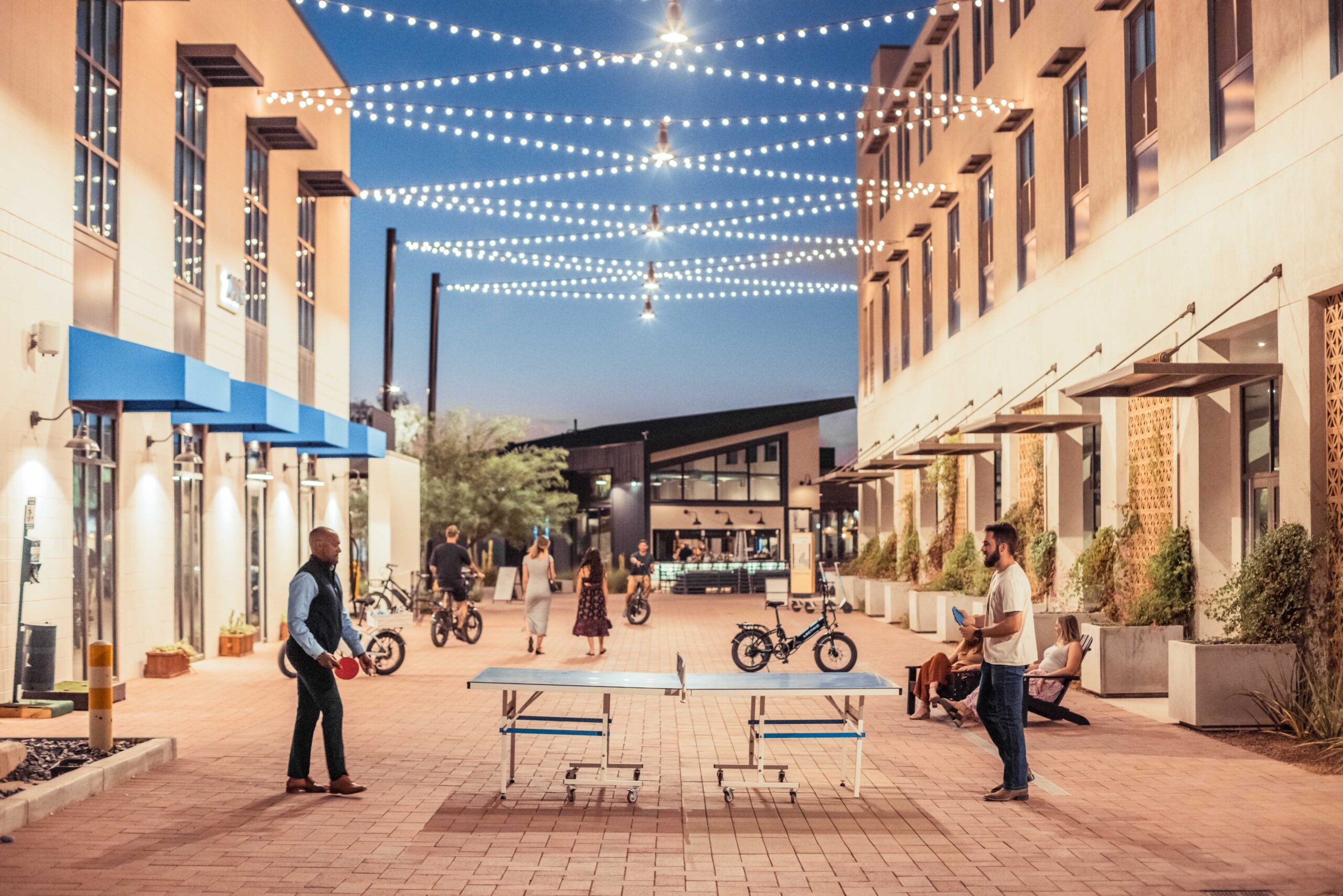
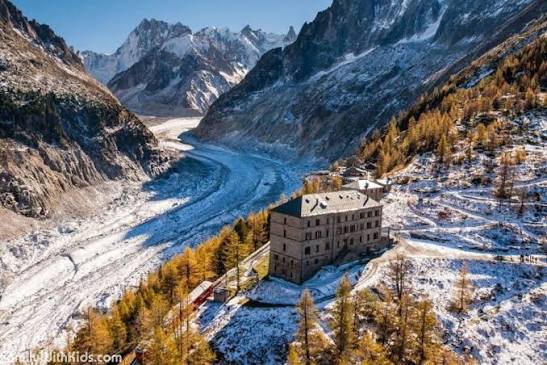
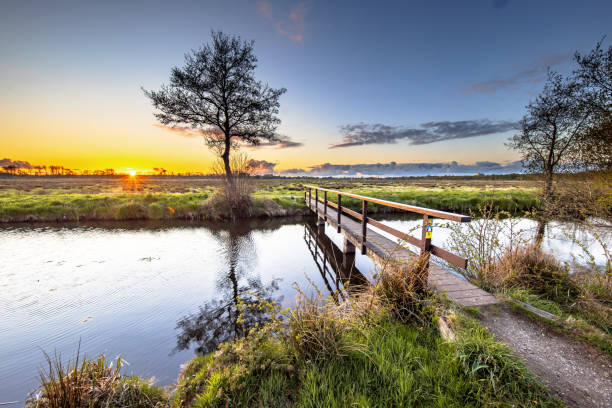
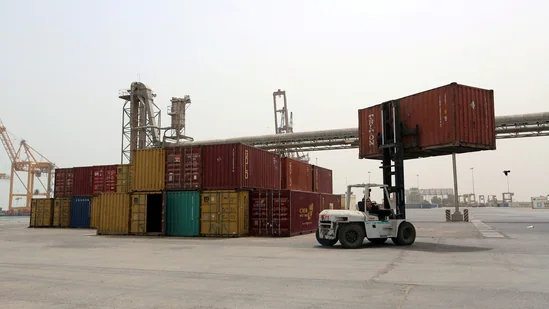


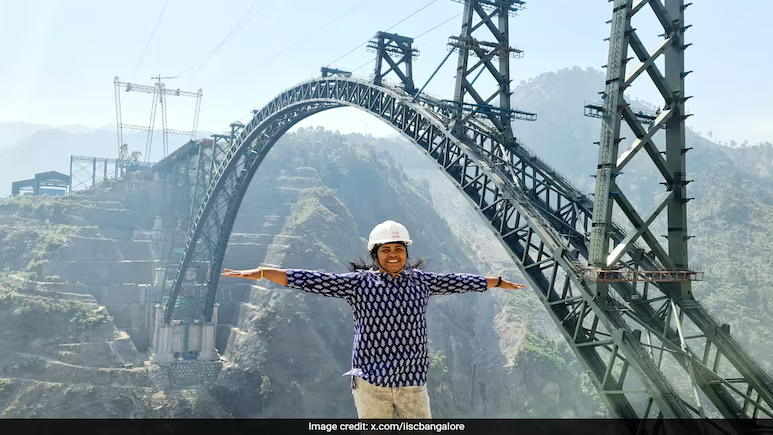

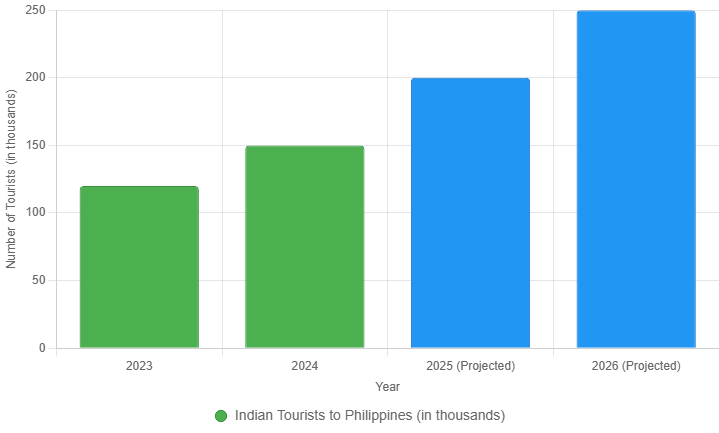




Leave a Reply